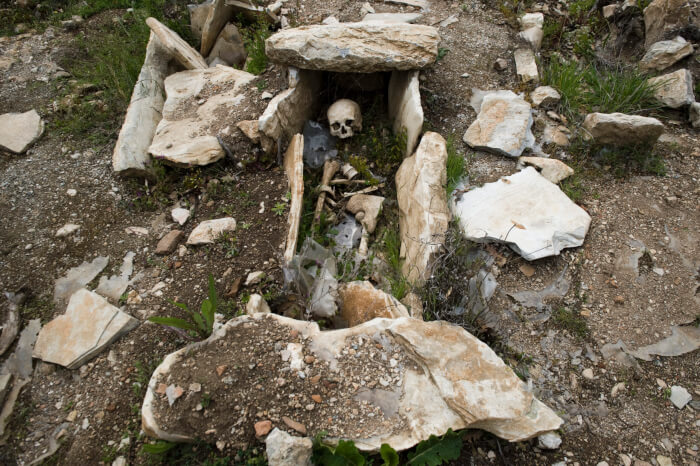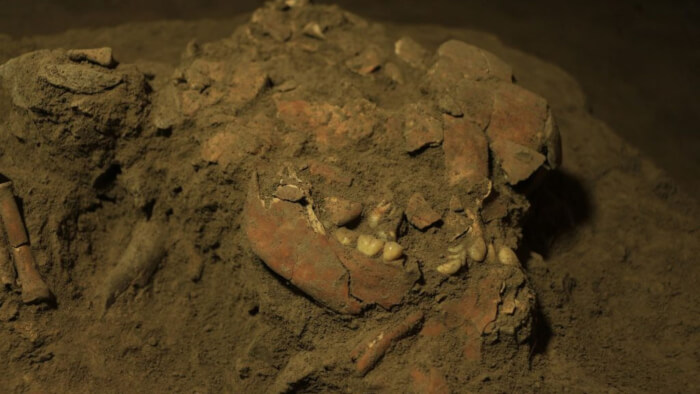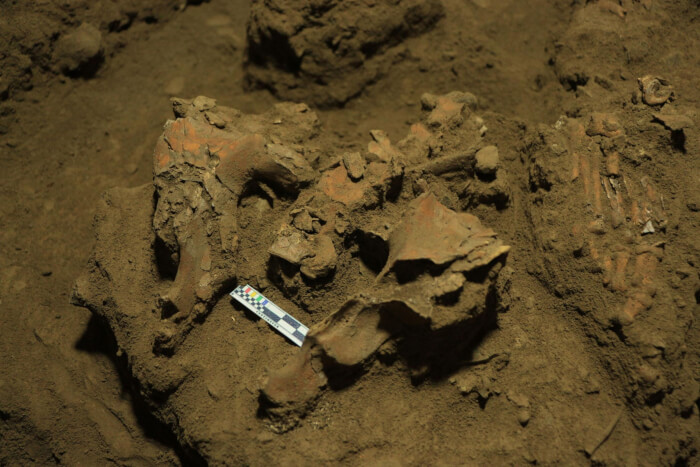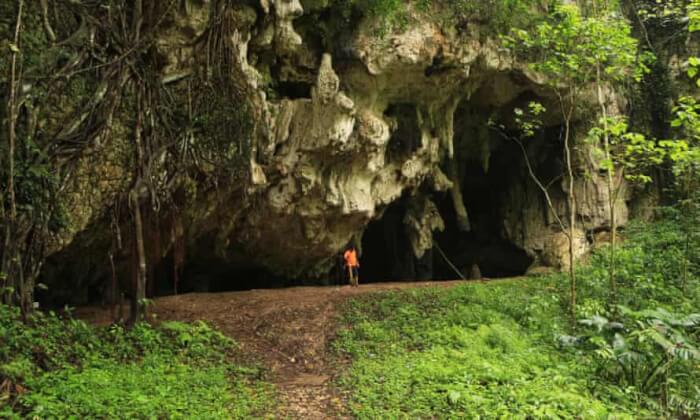Genetic Fossil From 7,200-Year-Old Indonesian Skeleton Reveals Unknown Human Lineage
Ancient DNA in the remains of a female teenager, nicknamed Bessé, who lived 7,200 years ago in Indonesia, has recently been discovered in the Leang Panninge cave, Indonesia, challenging all previous beliefs on our ancestors’ early migration.
It is believed to be the first time ancient human DNA has been discovered in Wallacea, a biogeographical designation for a group of mainly Indonesian islands separated by deep-water straits from the Asian and Australian continental shelves.
Professor Adam Brumm from Griffith University, co-leader of the research that the intact DNA was an infrequent discovery, because the moist condition in this region would not allow DNA in ancient human bones and teeth to be well-preserved.
Our knowledge on early human history, including their genetic diversity, population movements and demographic history, are being greatly altered, thanks to ancient DNA analysis in other parts of the world, said Professor Brumm.
Only half of her genetic makeup bears resemblance to modern Indigenous Australians and people from New Guinea and the Western Pacific islands.
The DNA of the female teenager astoundingly illustrated an ancient link to east Asia as well, challenging previous concepts on the migration timeline of ancient humans to Wallacea.
However, the remains of Bessé, estimated to date back 7,200 years ago, even before the arrival of those Neolithic farmers, might suggest earlier migration of some groups.
At the time of her own burial, Bessé was only at 17 or 18. Alongside her remains, archaeologists also discovered stone tools and red ochre, together with bones of hunted wild animals.
H/T: Nature
It is believed to be the first time ancient human DNA has been discovered in Wallacea, a biogeographical designation for a group of mainly Indonesian islands separated by deep-water straits from the Asian and Australian continental shelves.
 Source: AFP
Source: AFP
Professor Adam Brumm from Griffith University, co-leader of the research that the intact DNA was an infrequent discovery, because the moist condition in this region would not allow DNA in ancient human bones and teeth to be well-preserved.
 Source: Hasanuddin University
Source: Hasanuddin University
Our knowledge on early human history, including their genetic diversity, population movements and demographic history, are being greatly altered, thanks to ancient DNA analysis in other parts of the world, said Professor Brumm.
 Source: Hasanuddin University
Source: Hasanuddin University
Only half of her genetic makeup bears resemblance to modern Indigenous Australians and people from New Guinea and the Western Pacific islands.
 Source: Griffith University
Source: Griffith University
The DNA of the female teenager astoundingly illustrated an ancient link to east Asia as well, challenging previous concepts on the migration timeline of ancient humans to Wallacea.
 Source: Hasanuddin University
Source: Hasanuddin University
However, the remains of Bessé, estimated to date back 7,200 years ago, even before the arrival of those Neolithic farmers, might suggest earlier migration of some groups.
 Source: Hasanuddin University
Source: Hasanuddin University
At the time of her own burial, Bessé was only at 17 or 18. Alongside her remains, archaeologists also discovered stone tools and red ochre, together with bones of hunted wild animals.
H/T: Nature
Share this article
Advertisement